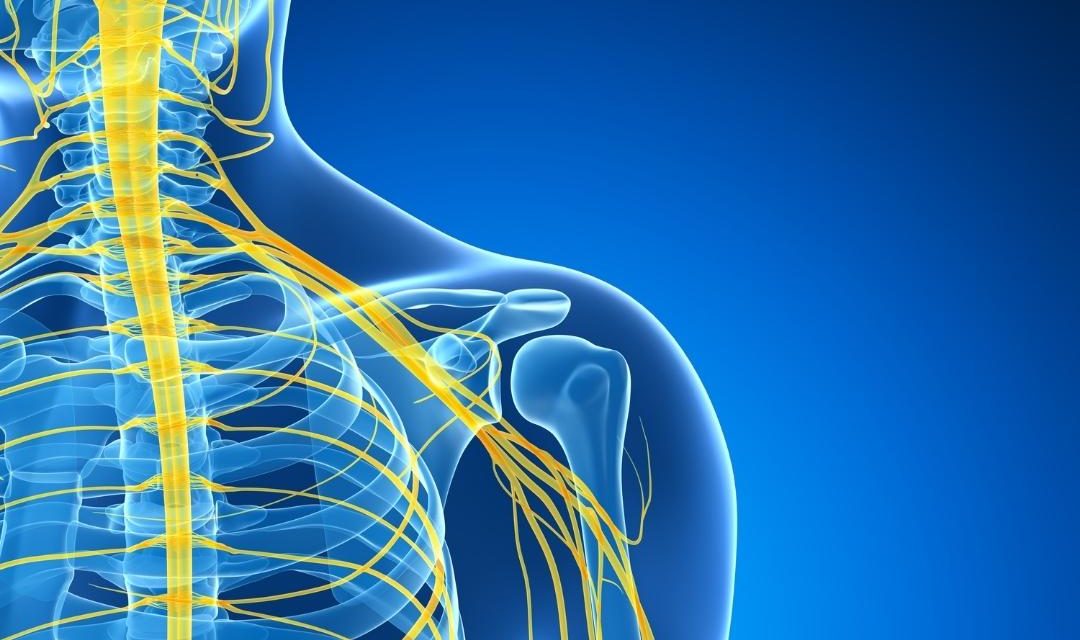Brachial Plexus Injuries Treatment in Mumbai
Introduction
The Brachial plexus is a network of nerves used to transmit signals from the spinal cord to the chest, shoulder, arm, forearm, and hand. The brachial plexus possesses both efferent and afferent nerves. The Brachial plexus nerve usually innervates to the upper extremities (skin, muscle of the arm).
The nerves are mainly somatic nerve plexus formed by merging the anterior rami of four cranial nerve and the first thoracic nerve (C5, C6, C7, C8, T1). Brachial plexus injury refers to the interruption arises in signal conduction from the brain to the fingertips.
Due to Brachial plexus injury, the patient can lose partial and complete function of the affected area. Sometimes these injuries may immediately recover. However, other times the recovery takes months or years.
What Is Brachial Plexus Injury?
Brachial plexus injury involves termination of communications between the spinal cord and arm, wrist & hand, resulting in loss of partial or complete sensations in the affected area. Brachial plexus nerves possess sensitivity to positions. Ill-positioning can often damage the brachial plexus nerve. Nerve damage can be three types:-
- Stretching or fractioning of the nerve fibre (Less severe injury)
- Tearing or rupturing nerve fibre (More severe)
- Pulling apart of the nerve from the spinal cord (Most severe)
What Are The Symptoms Of Brachial Plexus Injury?
Symptoms depend upon the severity and location of the damage. Following are some of the symptoms:
- Burning sensation in your arm
- Hypoesthesia in arm
- A feeling of electrical shock
- Complete inaction of arm, shoulder and hand
- Fragility while movement of several muscles
- Severe pain
- Paralysis
What Are The Causes Of Brachial Plexus Injury?
Brachial plexus nerves are sensitive to positions. Malpositioning of nerves can influence the injury of the brachial plexus. Nerve position affected by sports activities, penetrating wounds, difficult childbirth, Trauma,and Tumours.
- Sports Activities: Injury caused due to contact sport called ‘Stinger‘. Athletes can injure by collisions, resulting in nerve damage.
- Penetrating Wounds: These wounds cannot be easy to repair. Immediate treatment is essential in such cases. An injury or cut by a sharp-edged knife could damage the brachial plexus nerve.
- Difficult Childbirth: Brachial plexus injuries during delivery of newborn can cause shoulder dystocia. Shoulder dystocia is a condition when after the newborn’s head is delivered, the child’s shoulder needs manipulation to pass through the pubis symphysis. These manipulations can cause the newborn’s shoulder stretch.
- Trauma: It is a condition in which the victims who encounter any car or motorcycle accidents or fall off from significant height can suffer from severe brachial plexus injury.
- Tumours: Enlargement of tumours over the Brachial plexus can pressurize the nerves and cause injury.
What Are The Risk Factors Of Brachial Plexus Injury?
Certain factors increase the risk of brachial plexus injury. Some of them are:
- Driving vehicles at high speed increases the risk of accidents.
- Participate in games involving contact with another player like football and wrestling increases the risk of injury.
- Prolonged labour
- Maternal diabetes
What Are The Preventions Of Brachial Plexus Injury?
Although there is no complete prevention of brachial plexus injury, some precautions help in reducing the risk:
- Avoid cut or burn
- Routine exercise or physical motion
- Halt the movement of the affected arm or hand for a while.
- Parents should take care of the child with brachial plexus injury through regular exercise of joints and muscles for a few weeks after birth.
What Are The Diagnosis Of Brachial Plexus Injury?
Following diagnostic tests are recommended for brachial plexus injury:
- X-Ray: An X-ray helps in diagnosing fracture or any other injuries bye imaging the shoulder and neck.
- Electromyography: EMG is used to carry out nerve conduction studies. The doctor inserts the needle electrodes in various muscles to measure the electrical activity.
- MRI: In this test, a magnetic field or radio waves passes through the body. It shows the descriptive view for determining the extent of severity.
- Computerized tomography myelography: The doctor opts for this method when the MRI does not provide accurate results. The X-rays are used to obtain cross-sectional images of the body and generate a comprehensive picture of nerves and the spinal cord.
What Are The Treatment Of Brachial Plexus Injury?
Sometimes some of these injuries will recover on their own because nerves have the regenerative ability of their own. If it does not happen, the surgeon performs surgery to restore functions. Types of surgeries are:
- Neurolysis:Neurolysis involves of releasing the nerve from scar tissue.
- Nerve graft: The procedure involves removing the damaged part of the brachial plexus from other parts.
- Negotiation: In negotiation, the surgeon replaces the primary nerve with another working nerve. The surgeon performs this method when there is ripping off of the nerve root from the spinal cord.
- Muscle Transfer: In muscle transfer, the surgeon removes less vital muscle or tendon from another part of the body and transfers it to the affected area.




